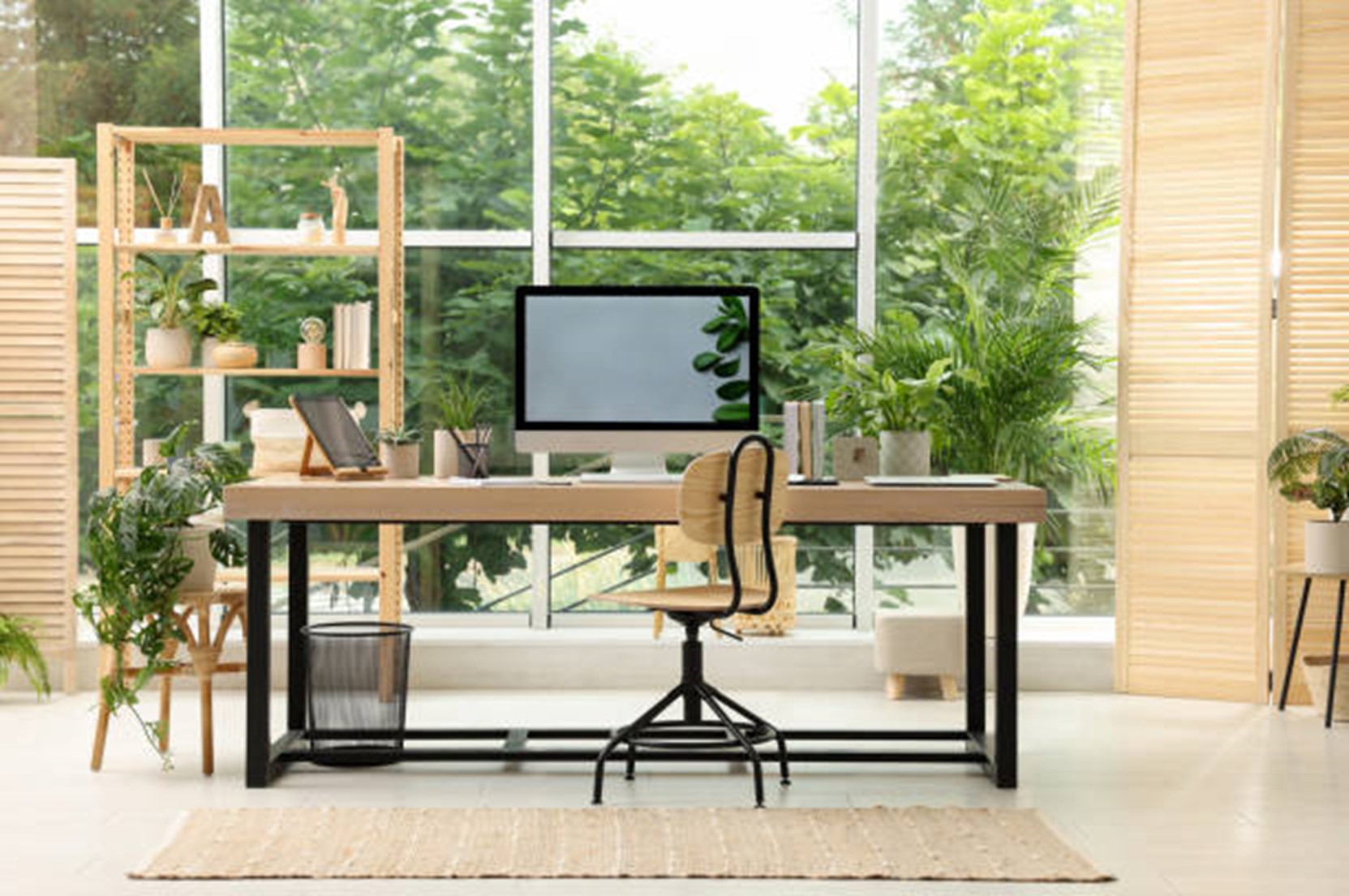
A healthy work environment is important for the physical and mental health and productivity of employees.Importantly, it not only reduces illness and absenteeism, but also enhances employee satisfaction and loyalty. The design of the office, including the layout of the space, the use of light and equipment configuration, directly affects the working conditions of employees. If you want to promote cooperation and communication, reduce stress and increase creativity, you need to plan a reasonable office space, and strive to create a more positive and healthy working environment, so that everyone can face the challenges with vigor!
First of all, natural light has significant mental health benefits, effectively boosting employees' mood and concentration. Adequate natural light can improve a person's mental state and reduce anxiety and depression. In contrast, prolonged exposure to artificial light, especially in enclosed spaces, can lead to increased fatigue and affect work efficiency. Therefore, in office design, natural light should be actively introduced to create a more comfortable working environment.
There are a number of design strategies that businesses can adopt to effectively utilize natural light. The orientation of windows and shading facilities are crucial. South-facing windows get plenty of sunlight, but can get too hot in the summer. Blinds or curtains can help employees adjust the light to avoid harsh direct sunlight. In addition, the open office can be divided into different functional areas to make full use of various light sources. For example, the meeting area is set up in the window position, which is convenient for the team to discuss in the natural light, while the quieter work area is set up in a slightly darker place, which is suitable for focusing on the work. This design not only improves the efficiency of light utilization, but also promotes communication and cooperation among employees.
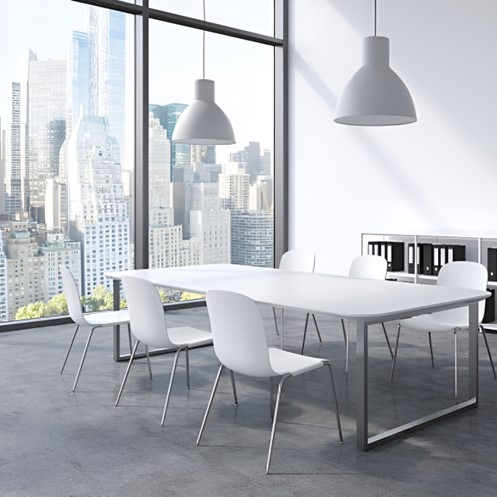
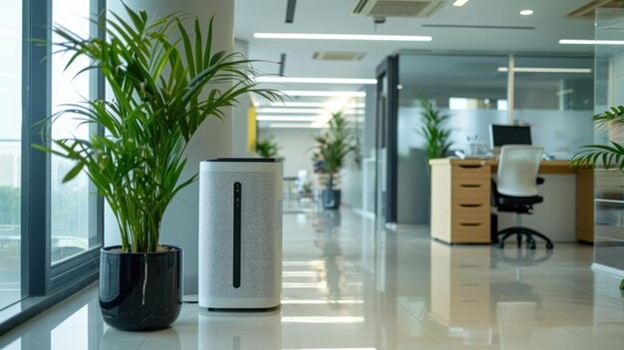
Furthermore, indoor air quality can have a profound effect on the health and productivity of your employees. Poor air quality can cause a range of health problems, including headaches, fatigue, breathing difficulties and long-term respiratory illnesses. In addition, indoor pollutants can have a direct impact on employee concentration and productivity. Prolonged exposure to poor air quality may inhibit cognitive ability and creativity, which in turn affects overall work performance.
Businesses can improve indoor air quality by introducing high-efficiency air filtration systems, which can help reduce the risk of allergies and respiratory illnesses. Regular replacement of filters and maintenance of the system are equally important. In addition to filtration systems
In addition, indoor plants not only purify the air, but also absorb harmful substances and release oxygen, thus enhancing the overall quality of the indoor environment. Studies have shown that placing appropriate plants in the office not only improves air quality, but also significantly increases employee satisfaction and productivity, and reduces work stress. Therefore, companies should reasonably place green plants in the office area, which not only helps to improve air quality, but also creates a more comfortable and healthier working atmosphere for employees.
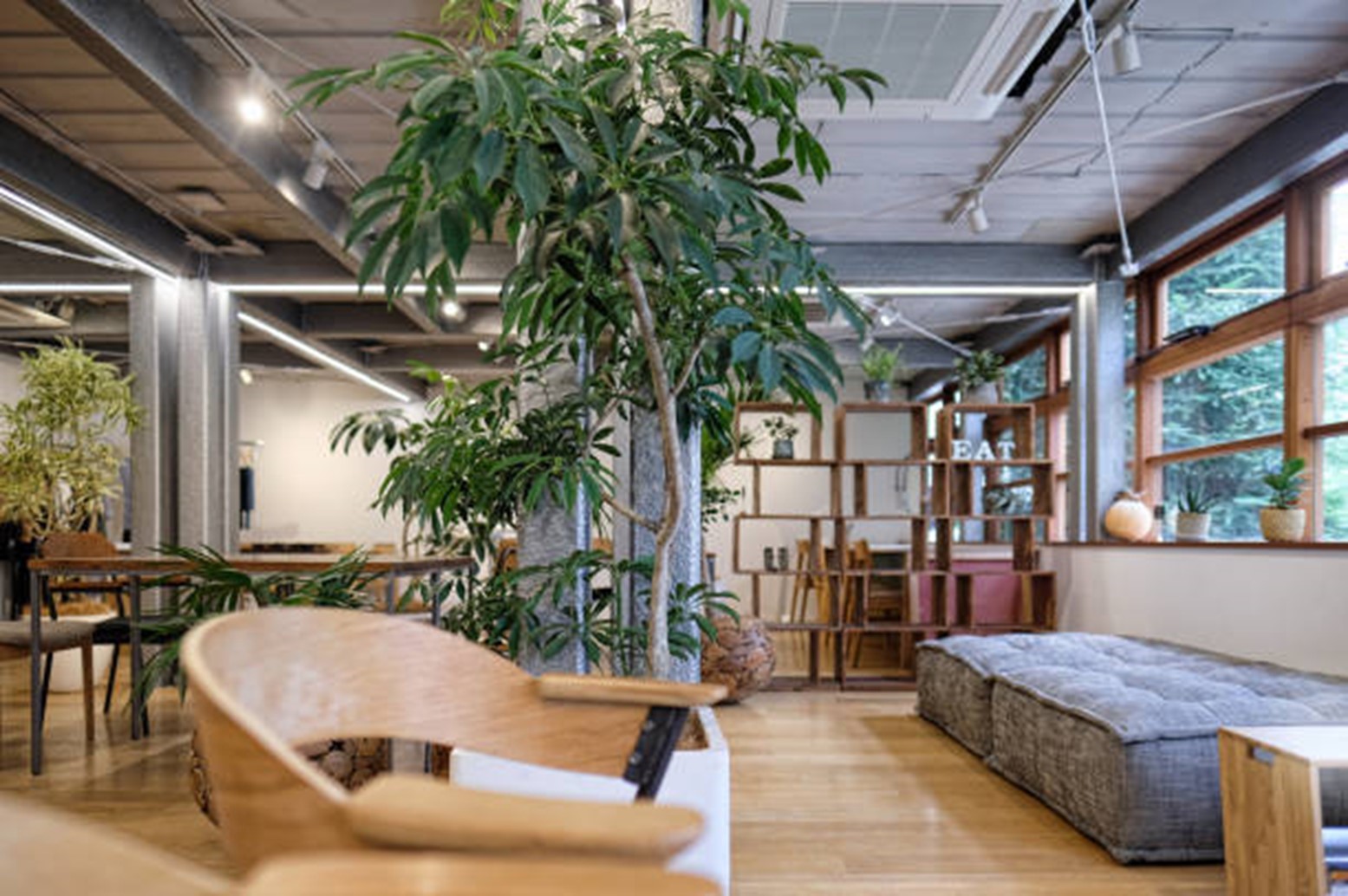
Flexible office design is an emerging office concept that aims to fulfill different work needs through multi-functional space configurations. This type of design not only improves work efficiency, but also enhances the creativity and collaboration of employees. Flexible workspaces usually include multiple work areas, such as quiet concentration areas, collaboration areas and rest areas, allowing employees to switch between them at any time according to the nature of their work and their needs, thus increasing job satisfaction.
Standing desks and adjustable chairs, essential to flexible office design, make working healthier and more energizing! These devices reduce the back pain associated with sedentary behavior and also improve employee focus and concentration. Using a standing desk not only increases activity and improves blood circulation, but also reduces fatigue. Adjustable chairs provide optimal support so that every employee can find the most comfortable position. This, combined with the flexible design of the breakout areas, encourages employees to relax and communicate, enhancing teamwork and innovation. The result is an environment where work is more efficient, life is more comfortable, and the well-being of employees is enhanced!
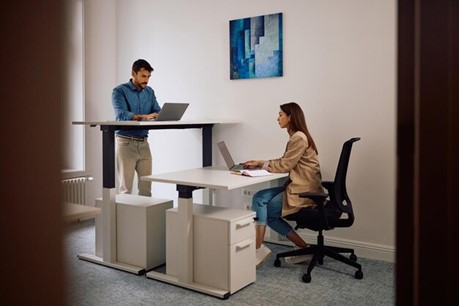
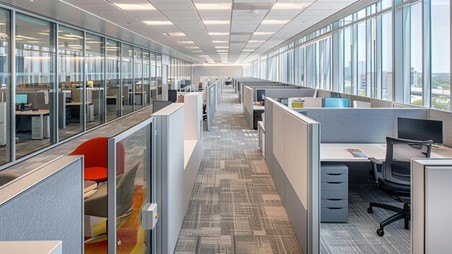
The effects of noise on concentration should not be underestimated. Excessive noise levels in the workplace directly impede concentration, reduce productivity and can lead to higher levels of stress. Especially in an open office, employees are often faced with conversations, phone calls and other interruptions from colleagues around them, which not only distracts them from their work, but also creates a cognitive burden that affects creative thinking and problem solving. Therefore, it is important to create quiet work areas in office design.
To minimize noise nuisance, businesses should design dedicated soundproof areas, including enclosed office rooms and semi-enclosed spaces fitted with sound-absorbing materials, to help employees focus on their work. The use of materials such as acoustic walls, carpets and curtains can effectively reduce sound transmission and enhance comfort. In addition, these quiet areas should be equipped with power and network facilities to facilitate efficient work. Small meeting rooms are also important to design, with proper soundproofing to avoid interfering with others, and audio-visual equipment to support productive discussions. Flexible meeting room design can meet a variety of needs, allowing teams to collaborate in an ideal environment.
Social interaction plays an important role in teamwork and employee satisfaction. Research shows that good communication among employees not only facilitates the flow of information, but also enhances mutual trust and team cohesion. When employees feel supported and connected at work, their job satisfaction and engagement tend to increase. Effective social interaction also stimulates creativity and innovation, allowing teams to be more flexible in the face of challenges.
Enterprises should design dedicated breakout areas and communication areas to promote social interaction among employees. These spaces should be located in the center of the office to allow employees to relax and interact in between work. Lounge areas can be equipped with comfortable sofas, coffee tables and small kitchens with drinks and snacks to create a relaxing atmosphere that promotes creative thinking and team bonding. In addition, the networking area can be used as a multi-functional space for socializing and hosting small events or workshops. Through team building activities and learning and sharing sessions, it enhances employees' participation and sense of belonging, allowing them to build deep connections outside of work.
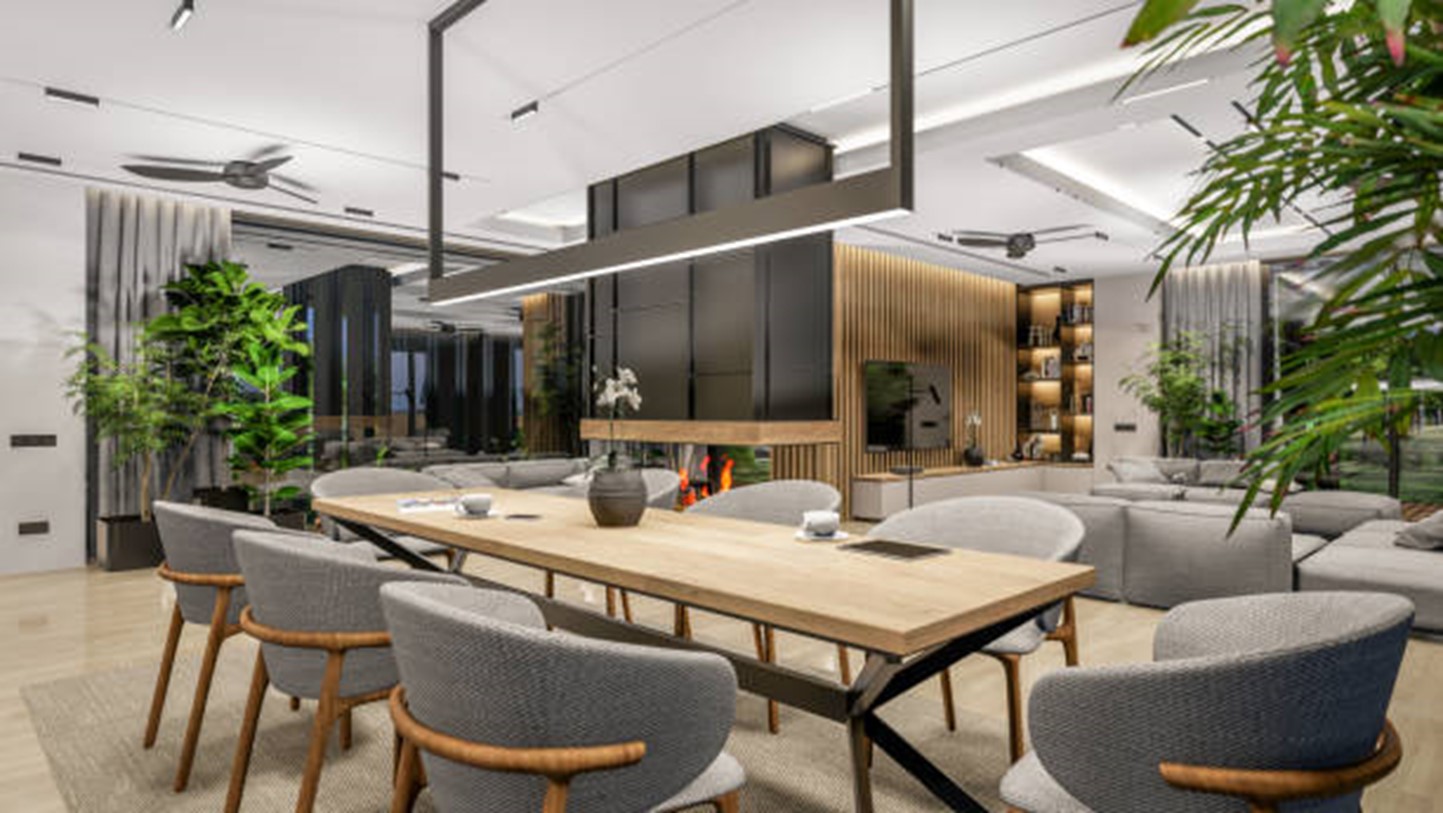
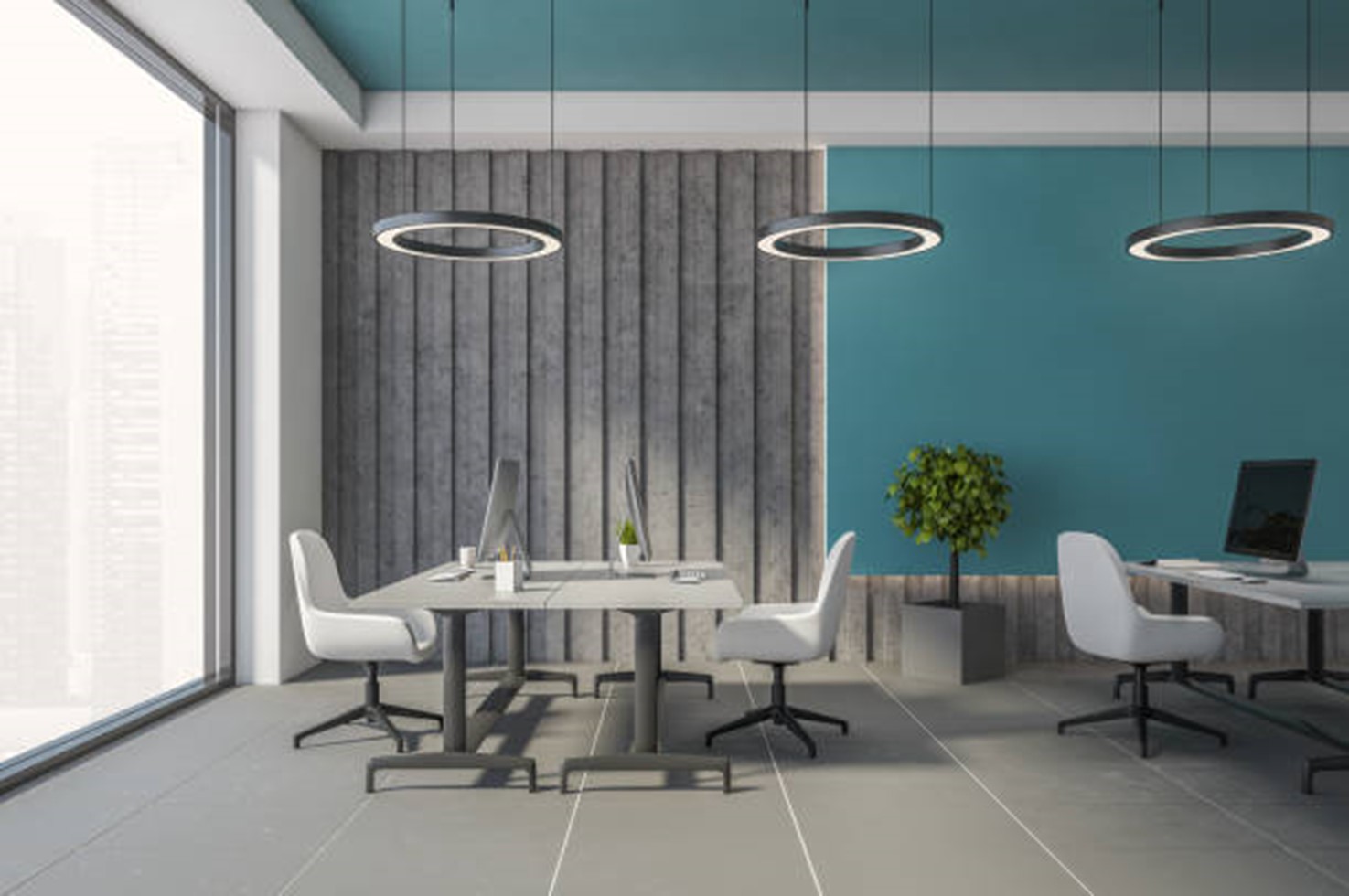
Color psychology has an important application in office design. Different colors trigger different emotional responses, which in turn affect the mood and performance of employees. For example, blue is often considered to promote calmness and concentration, making it suitable for work environments that require a high level of concentration; green is associated with nature and vitality, helping to reduce stress and enhance employees' psychological comfort; and yellow stimulates creativity and vitality, making it suitable for use in communication areas or breakout areas. Choosing the right color not only enhances the aesthetics of the office environment, but also improves employee productivity.
When choosing office colors, companies should consider their brand image and culture. Appropriate brand colors can enhance the sense of identity and cohesion, while maintaining color harmony can avoid fatigue and discomfort. It is recommended to use neutral colors as the main tone, supplemented by bright colors to create a harmonious and energetic work environment. The choice of decorations is also important. Artwork, photographs or cultural symbols can enhance the aesthetics of a space, stimulate inspiration, and boost employees' pride and sense of belonging. Plants as decorative elements not only beautify the environment, but also improve air quality and enhance the sense of nature, making the office space more comfortable and pleasant.
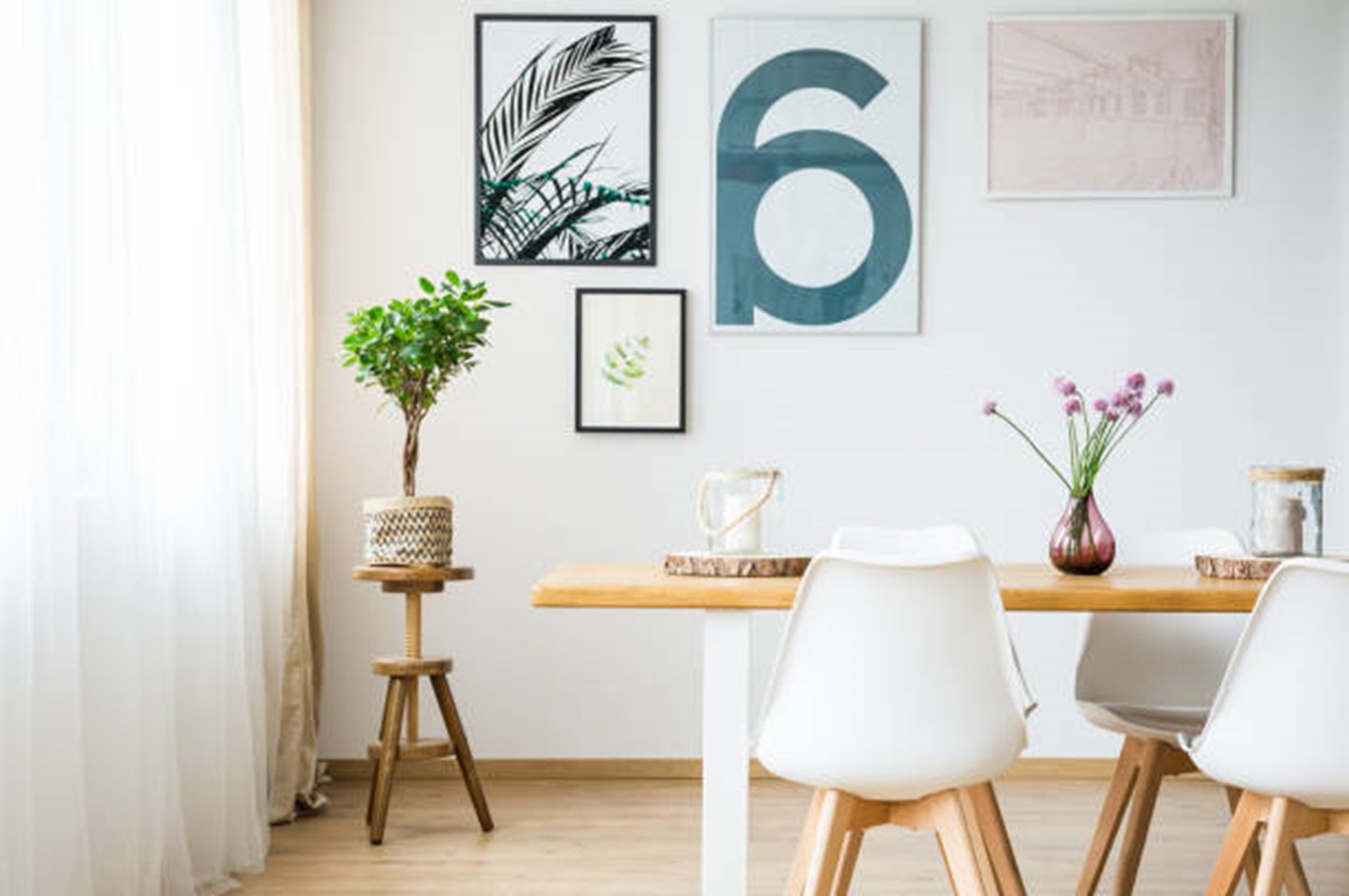
Healthy office design has a profound impact on employee well-being and productivity. By bringing in natural light, improving air quality, creating quiet workspaces, and using color and décor wisely, businesses can significantly increase employee satisfaction and creativity. A good working environment not only reduces sick leave rates, but also increases loyalty and performance. Therefore, companies should emphasize the improvement of the office environment and actively invest in the design of healthy workspace. This is not only a way of caring for your employees, but also an effective strategy to increase your competitiveness. Creating a healthy and comfortable working environment will help attract and retain talented people and achieve sustainable development.
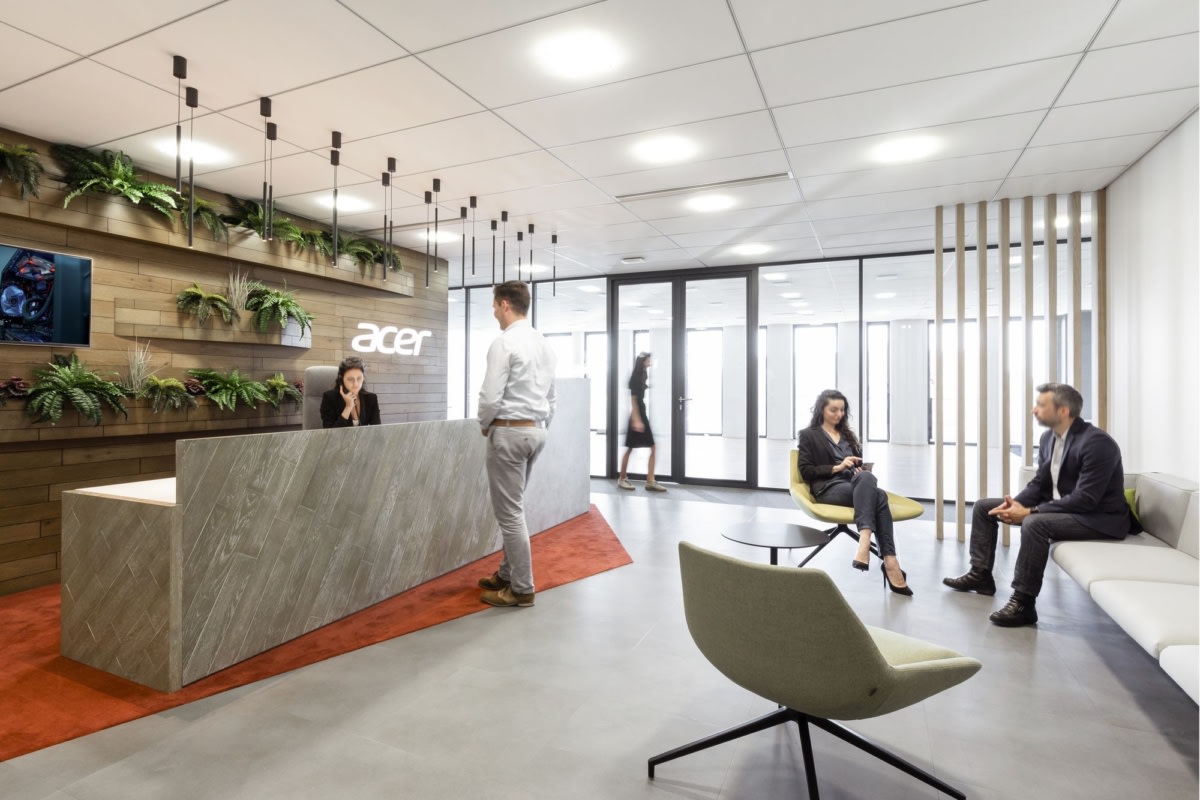
Professional office design, inspire your unlimited possibilities Ins

Project Development l Interior Design
We're here to inspire your workplace.